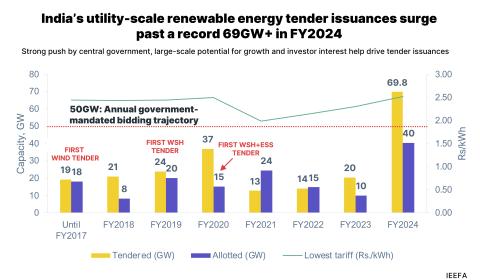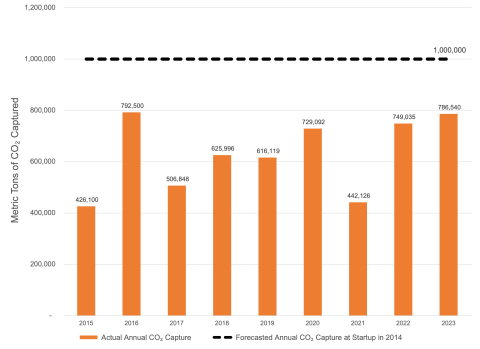Key Findings
ExxonMobil has historically been reluctant to take value impairments on its assets. Nevertheless, some analysts in the oil and gas trade press anticipated that the company’s recent de-booking of 3.5 billion barrels of oil sands would be accompanied by an asset impairment.
When compared to industry competitors that have written down the value of their oil and gas and oil sands assets, ExxonMobil’s financial presentation of its oil sands assets stands as an industry outlier. The general practice by the company of not taking value impairments is now under scrutiny.
Executive Summary
As a result of persistently low global oil prices over the past three years, most U.S. oil companies with significant holdings in Canadian oil sands have both de-booked these reserves and taken significant impairments on the value of these and other assets. Such impairments totaled $200 billion in 2015 and $36 billion in 2016.
ExxonMobil remains an outlier in the industry in how it discusses Canadian oil sands losses. In its 10k filing in February 2017 the company de-booked 3.5 billion barrels of its oil sands reserves (leaving 700 million barrels on the books), but it did not take a parallel impairment in asset value — a fact that has been largely overlooked by industry analysts. The Institute for Energy Economics and Financial Analysis (IEEFA) estimates that this value could be as much as $22 billion, or 6 percent of the value of the company’s long-lived assets.
In this briefing note, IEEFA explores whether the company should be taking a value reduction (asset impairment) in order to properly align the size of its physical assets with the value of the oil sands investment in its financial filings. Asset impairment is typically warranted when the carrying value on the company books exceeds the market value of assets (usually expressed as a function of cash flow). The impairment appears on the books of the company as a charge against revenue on the annual income statement and as a reduction in the value of company assets.
ExxonMobil’s write-off of 3.5 billion barrels of Canadian oil sands constitutes 14% of ExxonMobil’s 2015 worldwide proved reserves, its physical assets. The company acknowledges that the write-off occurred because the oil sands holdings no longer met the U.S. Securities and Exchange Commission (SEC) definition for proved reserves. The SEC definition allows a company to claim existing reserves if the quantities of oil and gas can be estimated to a reasonable certainty to be “economically producible” within a given period of time.
Although it took the write-off, ExxonMobil still challenges the SEC definition and its application to the oil sands reserve in its financial filings. The company also asserts its continued confidence in its oil sands holdings as a valuable company asset.
Also of note in its February 10K financial disclosure, the company makes no change to the financial value of its oil sands assets. This means that ExxonMobil is now telling investors that the 4.5 billion barrels of oil sands reserves it held in 2015 (which IEEFA estimates to be worth a total of approximately $28 billion) are still worth the same as the 700 million barrels of oil sands remaining on the books in 2016.
Press release: IEEFA Investor Memo ExxonMobil (XOM): Company Is an ‘Outlier’ in How It Reports Write-offs on Canadian Oil Sands Assets
Please view full report PDF for references and sources.












